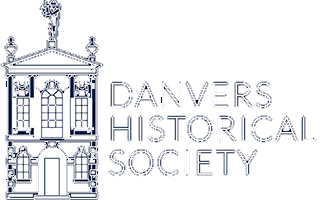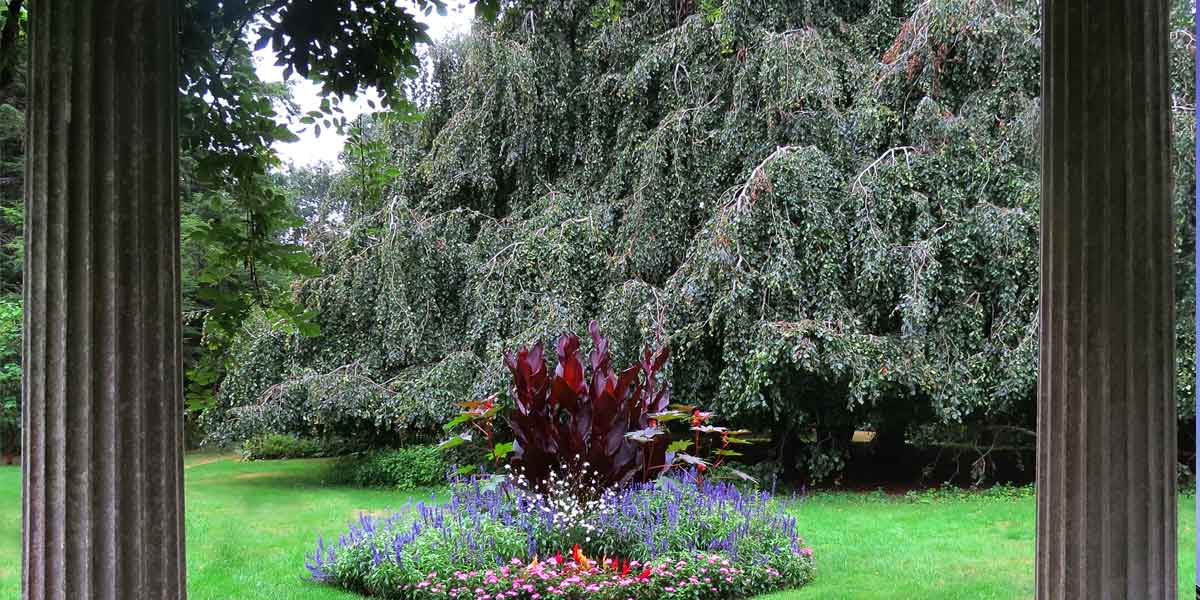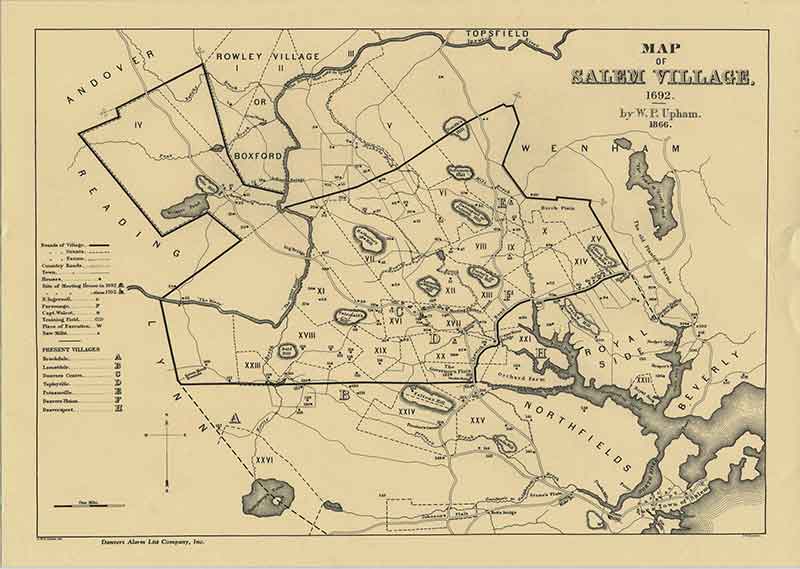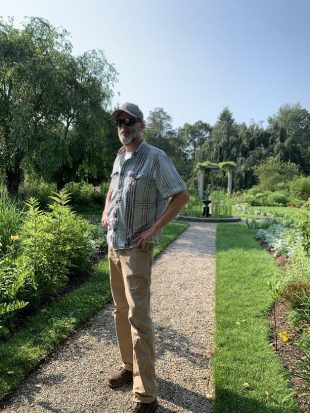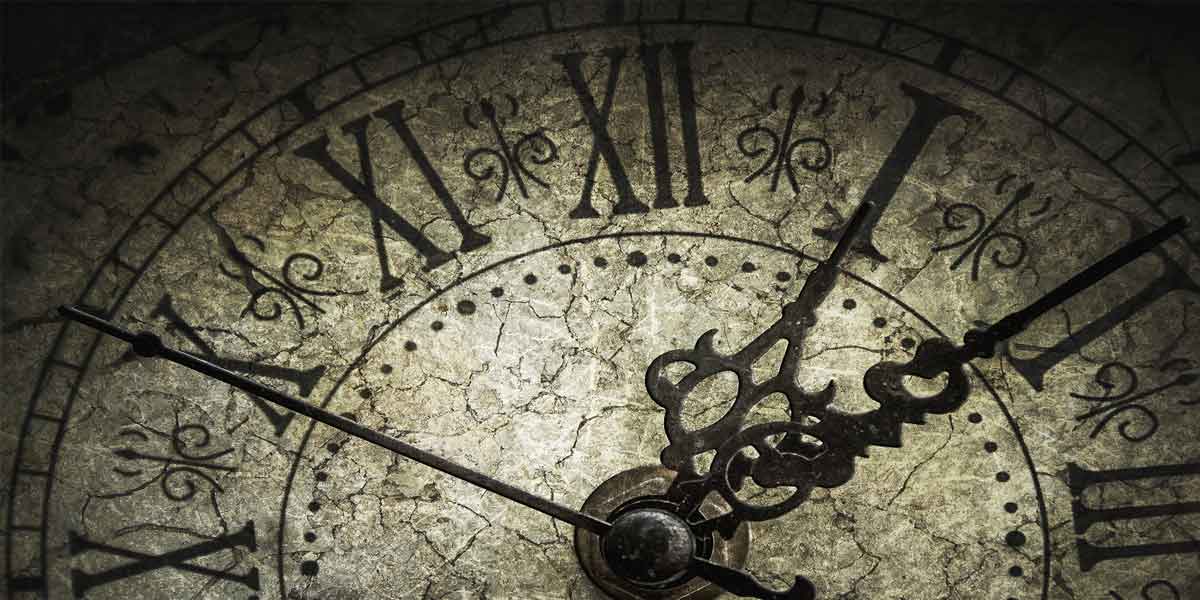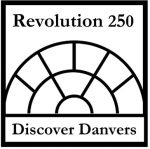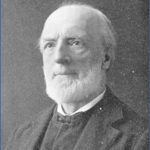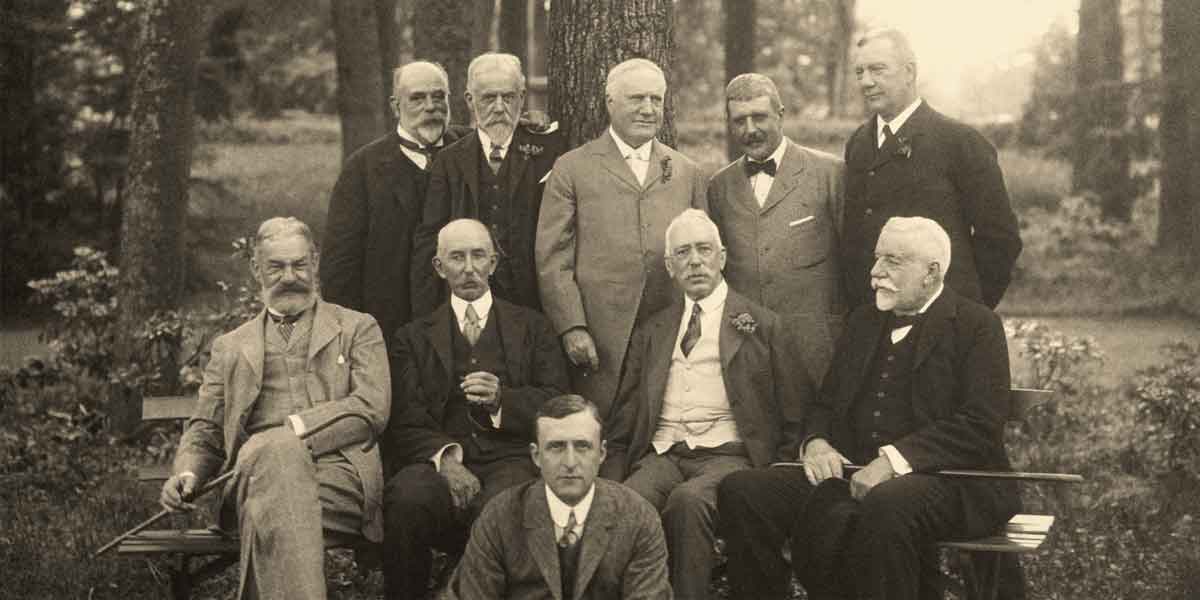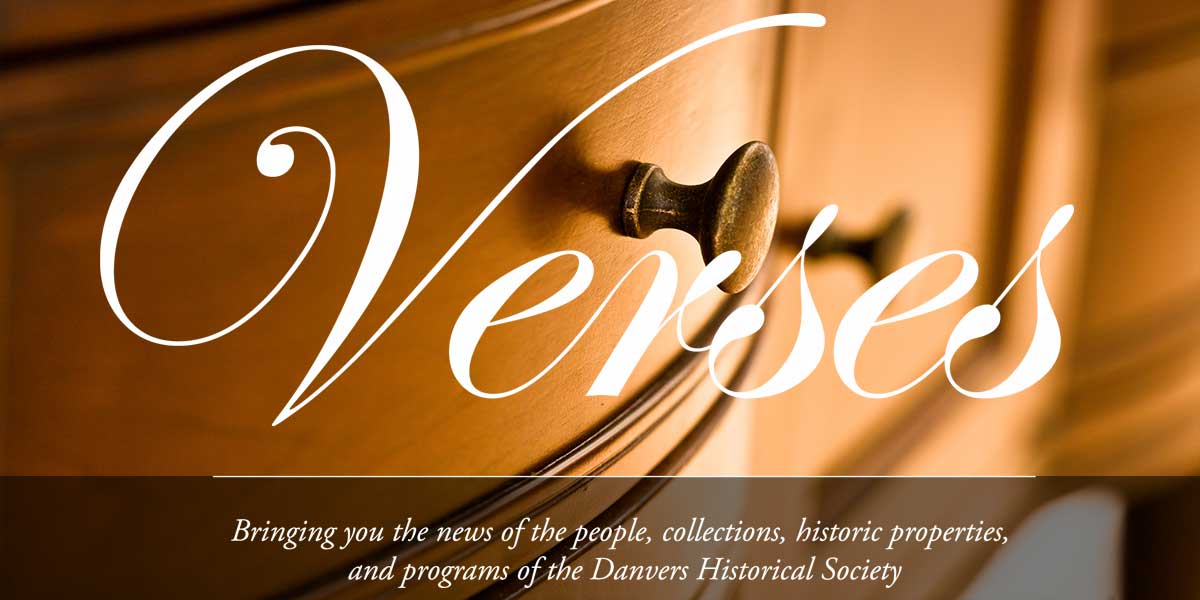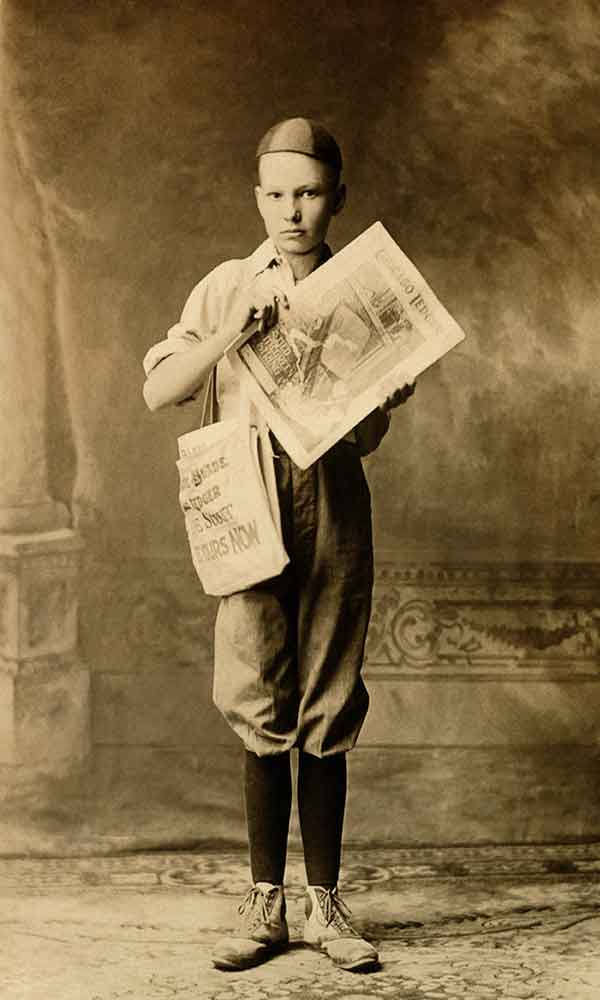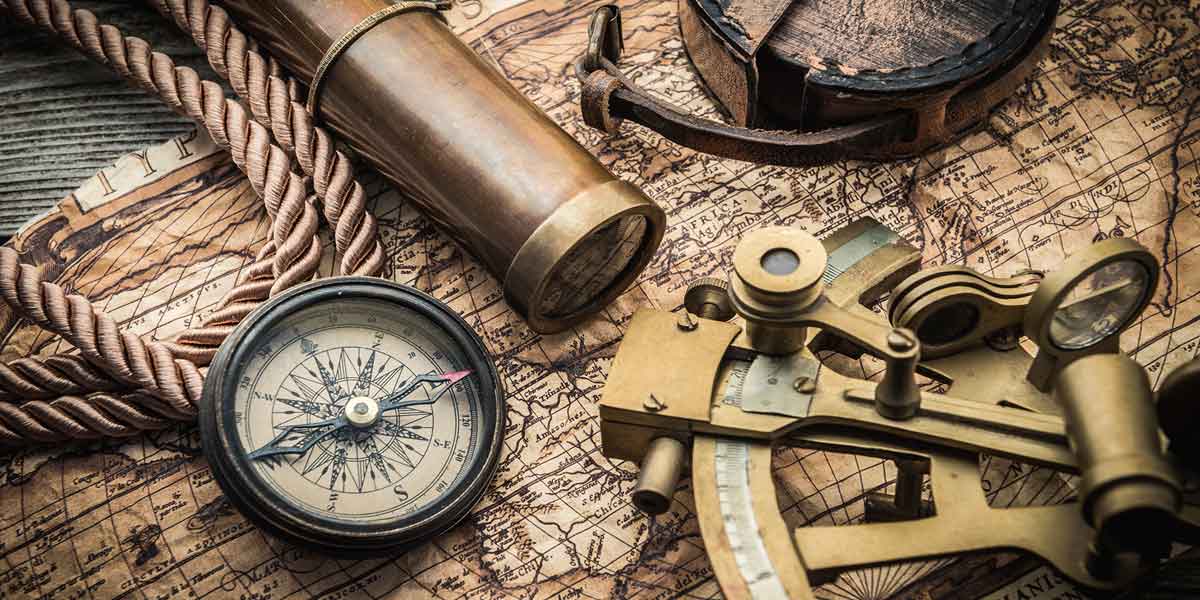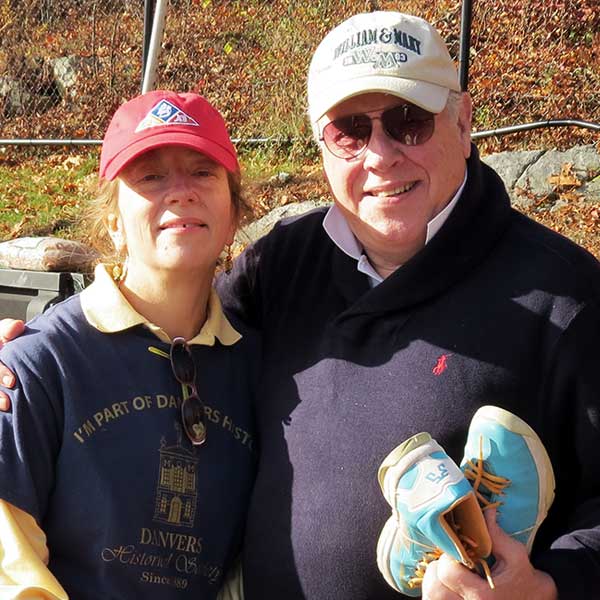Companies answered the call to arms and marched 19 miles to confront the Government Troops, retreating to Boston after a second failed attempt at arms confiscation in Lexington and Concord, and seven Danversites gave their lives in what is now Arlington; to the Battle of Bunker Hill, on June 17, 1775, when our own Danvers son General Israel Putnam implored the defenders “Don’t fire until you can see the whites of their eyes,” as wave after wave of British Regulars assaulted their positions; to the overnight September 14th 1775 encampment in Danvers of some of the troops gathering for Arnolds Expedition to capture Quebec; to the Town Meeting vote on June 16, 1776, to support the Great and General Court of Mass’tts, should they vote for a separation from the Crown, and to pledge their lives, fortune and Sacred Honor in achieving that goal.
Danvers men would continue to fight and make the ultimate sacrifice to support that Cause, in many critical battles up and down the coast, until the final Victory was won at Yorktown in 1781.
It seems fitting, meet and just, that we come together once more to remember the Patriots who fought so valiantly for all the Freedoms we enjoy today, and celebrate their courage and determination in fighting against incomprehensible odds, for what they believed.
David P. McKenna
President,
Danvers Historical Society
Stay connected with us
